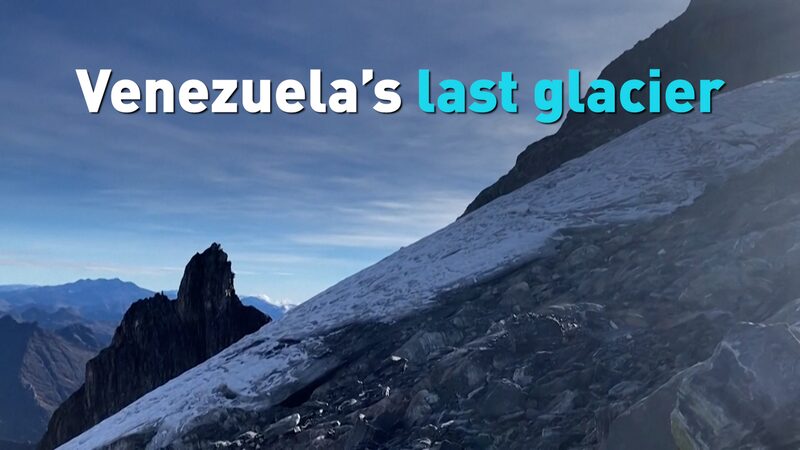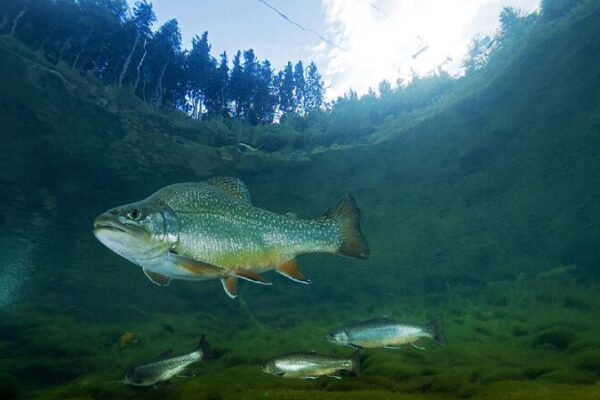As glaciers around the world continue to retreat at alarming rates, the newly established World Day for Glaciers is a timely call to action to protect Earth’s vital “cold storage.” Glaciers store about 70 percent of the world’s freshwater, acting as natural water towers that feed rivers, forests, and farmlands.
More than 2 billion people rely on glaciers and seasonal snowmelt for drinking water, agriculture, and hydropower. However, rising global temperatures are accelerating glacier melt, impacting communities worldwide. Scientists warn that by 2050, one-third of the world’s glaciers could disappear, severely affecting water security and ecosystems.
In response to this crisis, the United Nations has designated 2025 as the International Year of Glaciers’ Preservation (IYGP) and established March 21 as World Day for Glaciers. Additionally, the decade from 2025 to 2034 has been declared the “Decade of Action for Cryospheric Science,” aiming to raise global awareness of glaciers’ critical role in climate and hydrological systems while addressing the urgent challenges posed by accelerated glacier melt.
China’s Efforts in Glacier Protection
China, home to 48,571 glaciers covering over 51,800 square kilometers, has been actively working to monitor and protect its glaciers. These glaciers are primarily located in the Qinghai-Xizang Plateau, especially in the Himalayas, Hengduan Mountains, Kunlun Mountains, and Qilian Mountains. The Kunlun Mountains system alone hosts 8,922 glaciers.
Despite these efforts, climate change has led to an 18 percent reduction in glacier area in China’s arid western regions over the past 50 years. According to Wang Feiteng, a researcher at the Northwest Institute of Eco-Environment and Resources of the Chinese Academy of Sciences, more than 70 percent of these glaciers may disappear by the end of this century.
To combat this, China has implemented measures focusing on energy conservation and emission reduction. Scientists are utilizing satellite technology and on-site measurements to track glacier changes. Innovative methods, such as covering glaciers with reflective materials to slow melting, have shown promising results. In 2023, a trial on the Tianshan No. 1 glacier effectively reduced ice loss.
Furthermore, China has established several nature reserves dedicated to glacier conservation, including the Qomolangma, Sanjiangyuan, and Qilian Mountains national nature reserves. These protected areas help minimize direct human impact on glaciers.
Global Collaboration and the Role of AI
International organizations are intensifying efforts to protect glaciers. The IYGP will unite experts and policymakers to promote conservation strategies. Governments worldwide are investing in climate adaptation measures to mitigate the impacts of glacier loss.
The Global Glacier Casualty List project, founded in 2024 through a collaboration between Rice University, the University of Iceland, the Iceland Glaciological Society, the World Glacier Monitoring Service, and UNESCO, has identified 18 glaciers at risk of disappearing but holding significant scientific and socio-economic value. Among them, China’s Dagu Glacier stands as the country’s sole representative.
“Artificial intelligence (AI) has enormous potential in glacier monitoring, change prediction, and disaster early warning,” Wang added. AI applications in predicting glacial lake floods, optimizing meltwater management, and assessing avalanche risks are paving the way for advanced conservation efforts. Scientists aim to build a global intelligent glacier monitoring network for real-time tracking and data sharing. Additionally, AI could support green and low-carbon development, helping to slow glacier retreat and contribute to global ecological sustainability.
A Call to Protect Our Future
Protecting glaciers is crucial for future generations. Through global cooperation, scientific research, and sustainable policies, these vital freshwater sources can be safeguarded. The World Day for Glaciers serves as a reminder that immediate action is needed to preserve Earth’s “cold storage” and secure the planet’s environmental health.
Reference(s):
cgtn.com



